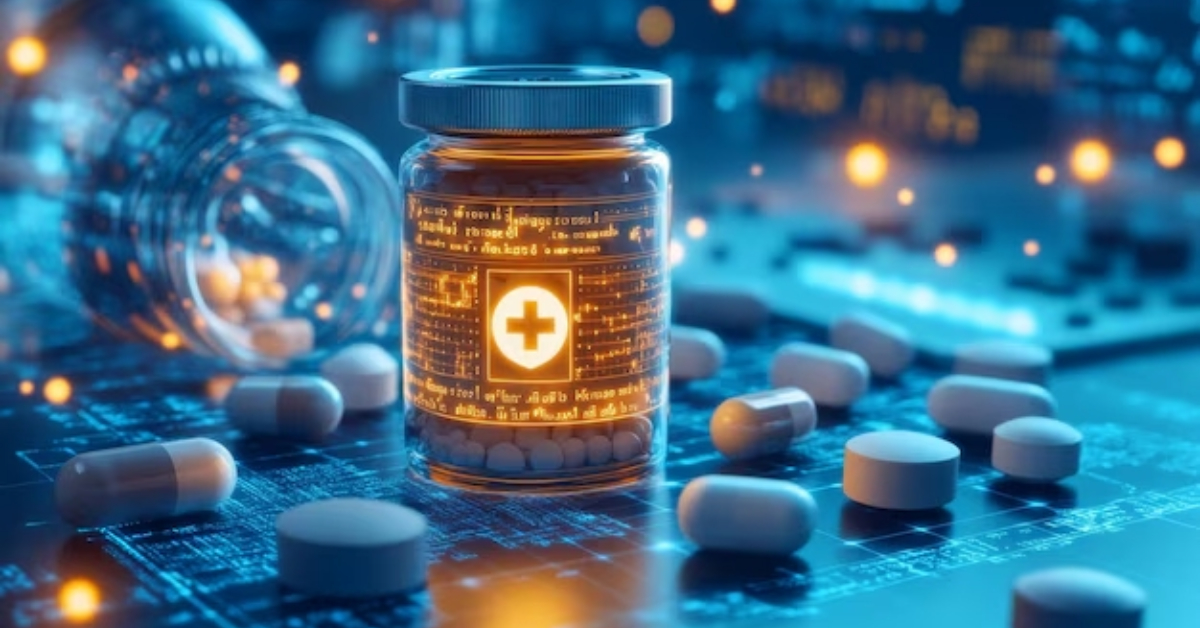Pharmacovigilance is an important part of the healthcare system since it focuses on the safety of medicines. It is based on surveillance, evaluation, and safety aspects related to adverse effects produced by medicinal products.
Technology is one sector that is continuously updated in healthcare, and thus pharmacovigilance also follows this trend.
SFDA Pharmacovigilance is essentially responsible for the safety of pharmaceuticals at the place market with full adherence to regulatory standards. In this blog, we are going to discuss all the key trends and predictions that will dominate the future of pharmacovigilance.
Increased Use of Technology
Digital Transformation
Technology is revolutionizing the way pharmacovigilance functions. In this regard, the recent emergence of technologies such as AI and ML is not new. These technologies have immense capabilities in processing a large amount of data much faster than the traditional approach, help detect patterns much faster, and possibly safer issues.
Automated Reporting Systems
Electronic adverse reactions to drug reporting systems are growing in prevalence. These systems facilitate the smooth delivery of reporting processes while at the same time giving health practitioners an easy way of reporting side effects. This system helps in reducing human error, besides timely reporting, which is very significant in providing safety for patients.
Real-Time Monitoring
Wearable Devices
Such wearable technology can trace and monitor patient health in real-time from healthcare providers. Equipment for recording vital signs that indicate the status of a person’s health, such as medical wearables and sensors, can be quality sources of information for pharmacovigilance.
Continuous monitoring makes it possible to catch any reactions that could occur more promptly and provide the intervention needed in the shortest time possible.
Monitoring on Social Media
There are increasingly many sources of information on pharmacovigilance that are mined from social media platforms. Patients are reporting real-world experiences with drugs on these platforms, and this is a very good way to interpret drug safety.
Companies increasingly use social listening tools to monitor what is being said about their products and identify early emerging safety issues arising from them.
Patient-Centric Approaches
Involvement of Patients
More and more lately, there is an acknowledgment of the need to include patient involvement in pharmacovigilance. Patients can bring new insights into their experiences with medications. Patient engagement in the reporting process and using this feedback can better monitor drug safety and improve drug development.
Patient Safety Advocacy
Advocacy groups play a significant role in pharmacovigilance. They are advocating for an improvement in the delivery of drug safety to the community and are insisting on increased regulations. Their work can guarantee that every pharmaceutical company and regulatory authority continues to place patient safety at the core of considerations and actions.
Data Integration and Sharing
Cross-Industry Collaboration
Companies have realized that sharing data with regulatory agencies is significant. Collaborative value leads to a better understanding of the safety and efficacy of drugs compared to those achieved by drug companies and regulatory agencies working separately.
Big Data Analytics
With pharmacovigilance, the trend is going to be increasingly higher in big data analytics. Companies here analyze large sets of data gathered from various sources to determine aspects of drug safety which was never before achievable. The approach translates into more informed judgments and proactive safety measures.
Risk Management Emphasis
Risk Evaluation and Mitigation Strategies (REMS)
The pharmaceutical companies have indeed shifted attention towards developing strong risk management techniques. REMS is a plan that ensures the greater benefits of a drug outweigh its risks. These plans ensure that an organization monitors safety better and will take necessary steps at the appropriate time.
Post-Marketing Surveillance
Post-marketing surveillance is better recognized today than at any other time. Continuous monitoring of a drug after its release to the market will help identify late side effects of drugs. Companies are investing in post-marketing studies as a way of gathering data on their products in the field.
Final Words
These would thus define the future of pharmacovigilance: technology, new regulatory reforms, and moving towards a more patient-centric approach. Efficiency and effectiveness will certainly mark the future of pharmacovigilance through increased use of AI, real-time monitoring, and integration of data. With evolutions in the future of regulations, complying companies will have to stay a pace ahead, which accordingly will emphasize patient safety.
Accepting these trends in such a manner would enhance the pharmaceutical industry’s ability to monitor drug safety, hence improving health outcomes for patients. Indeed, continuous evolution in pharmacovigilance is majorly important in the quest for safer medicines and improved healthcare.
It will be critical for professionals in the field to keep abreast of these trends and predictions and be more prepared for such changes. Going forward, the patients’ collaboration with their healthcare providers and pharmaceutical companies will be an important facet as a support element in drug safety and public health improvement.




